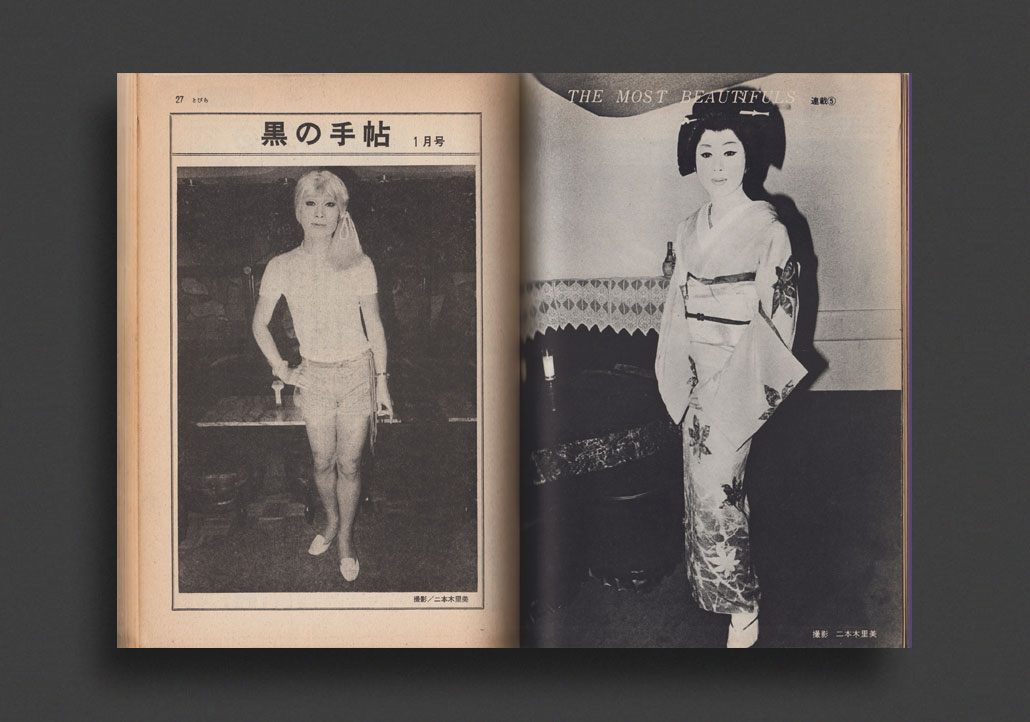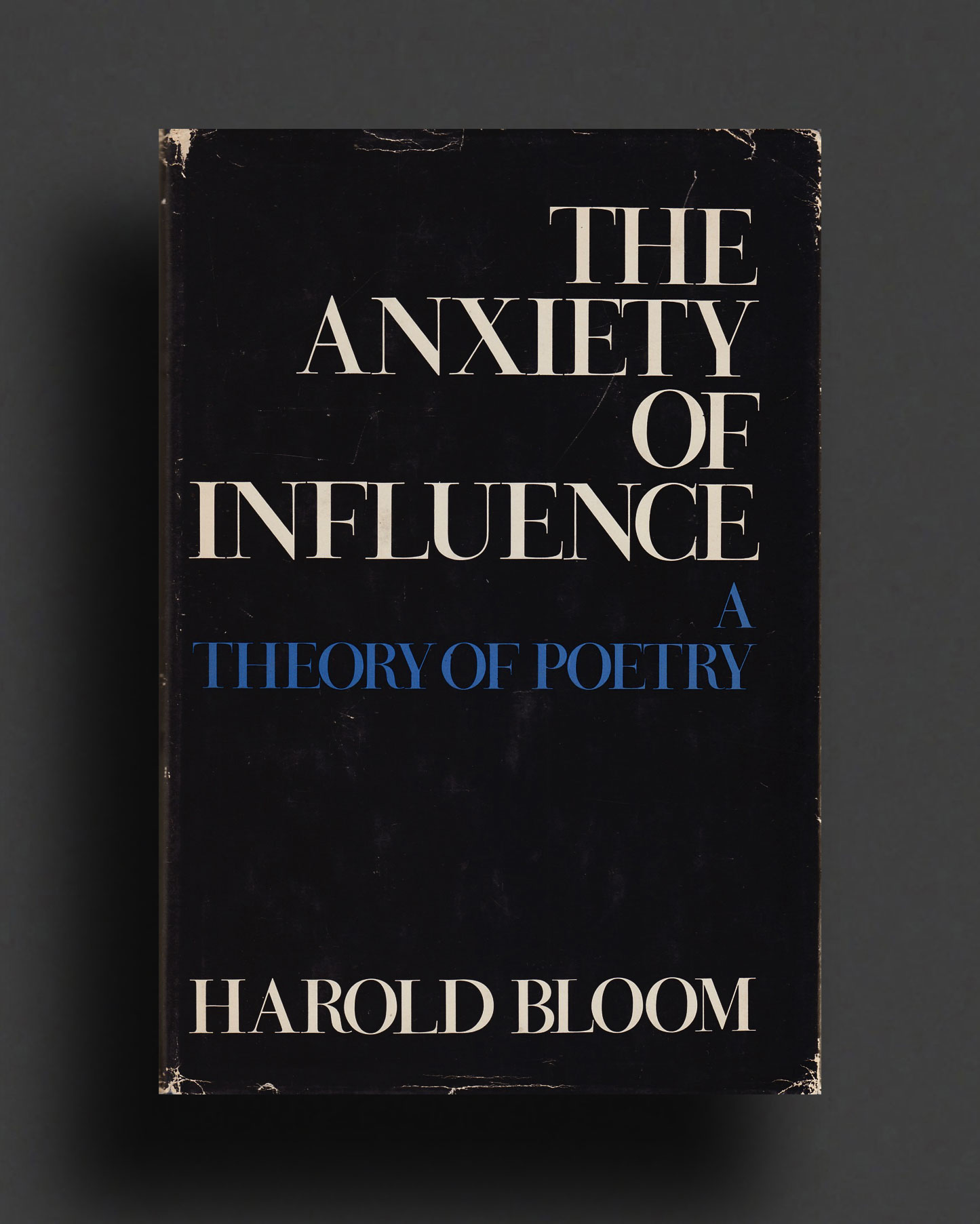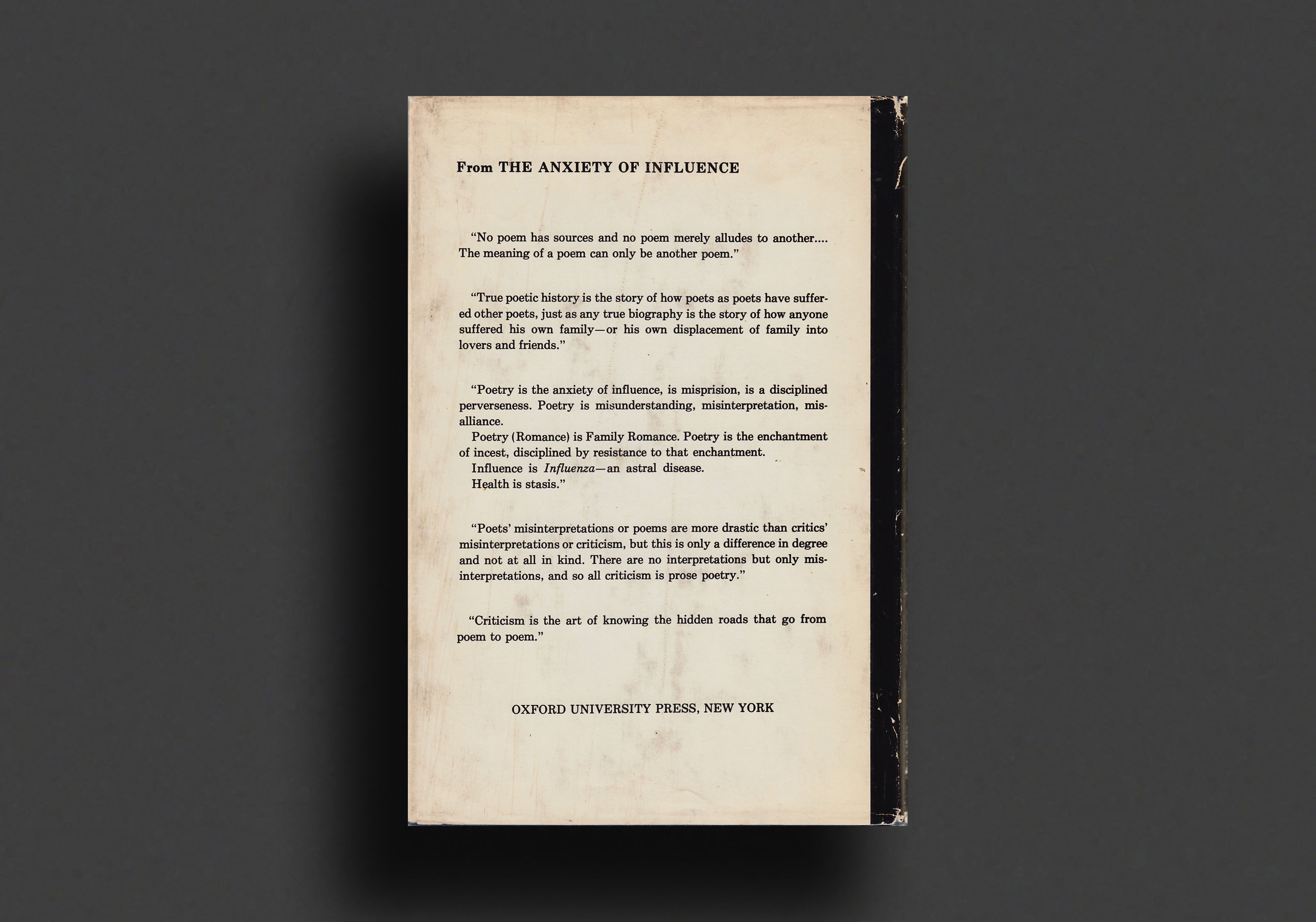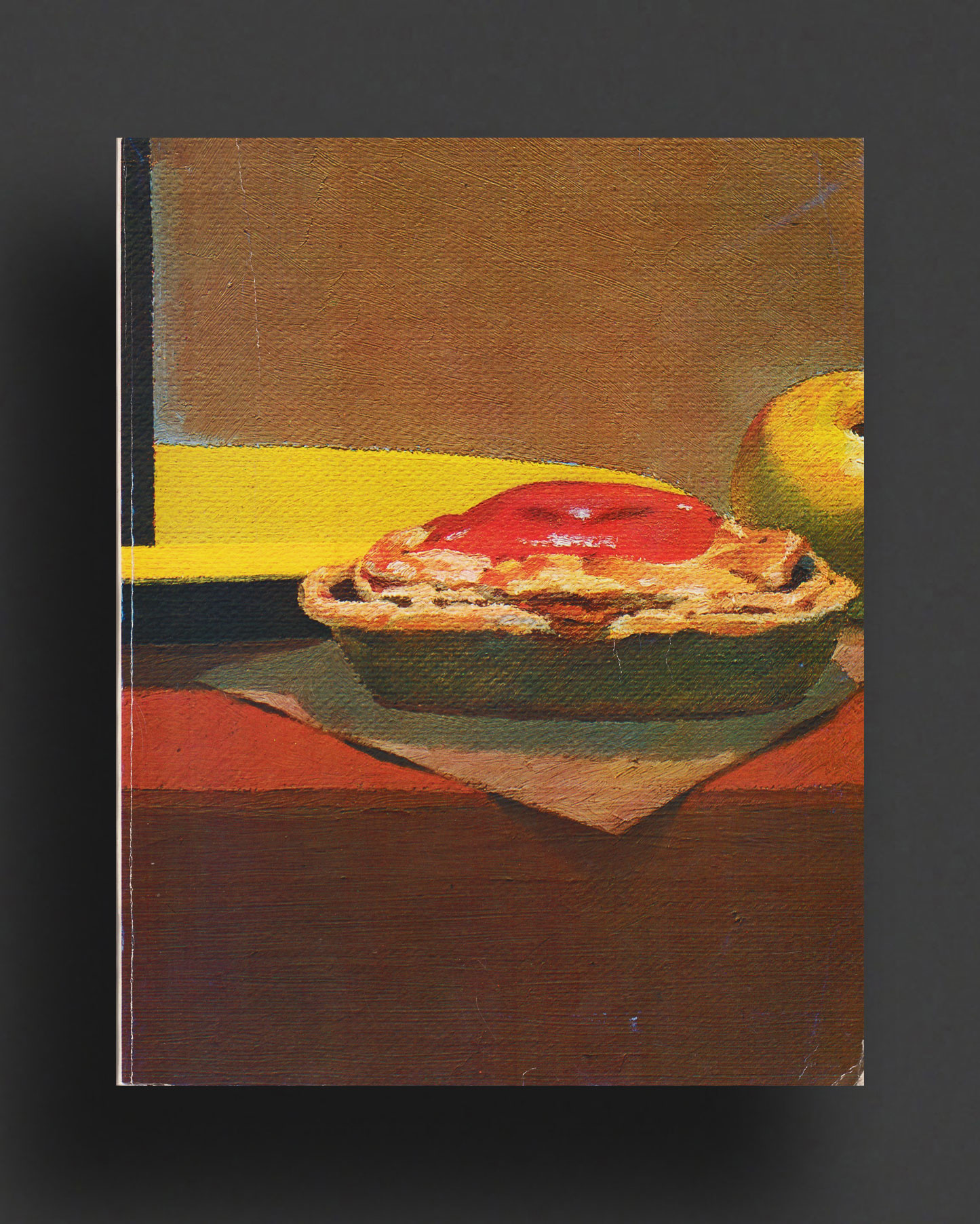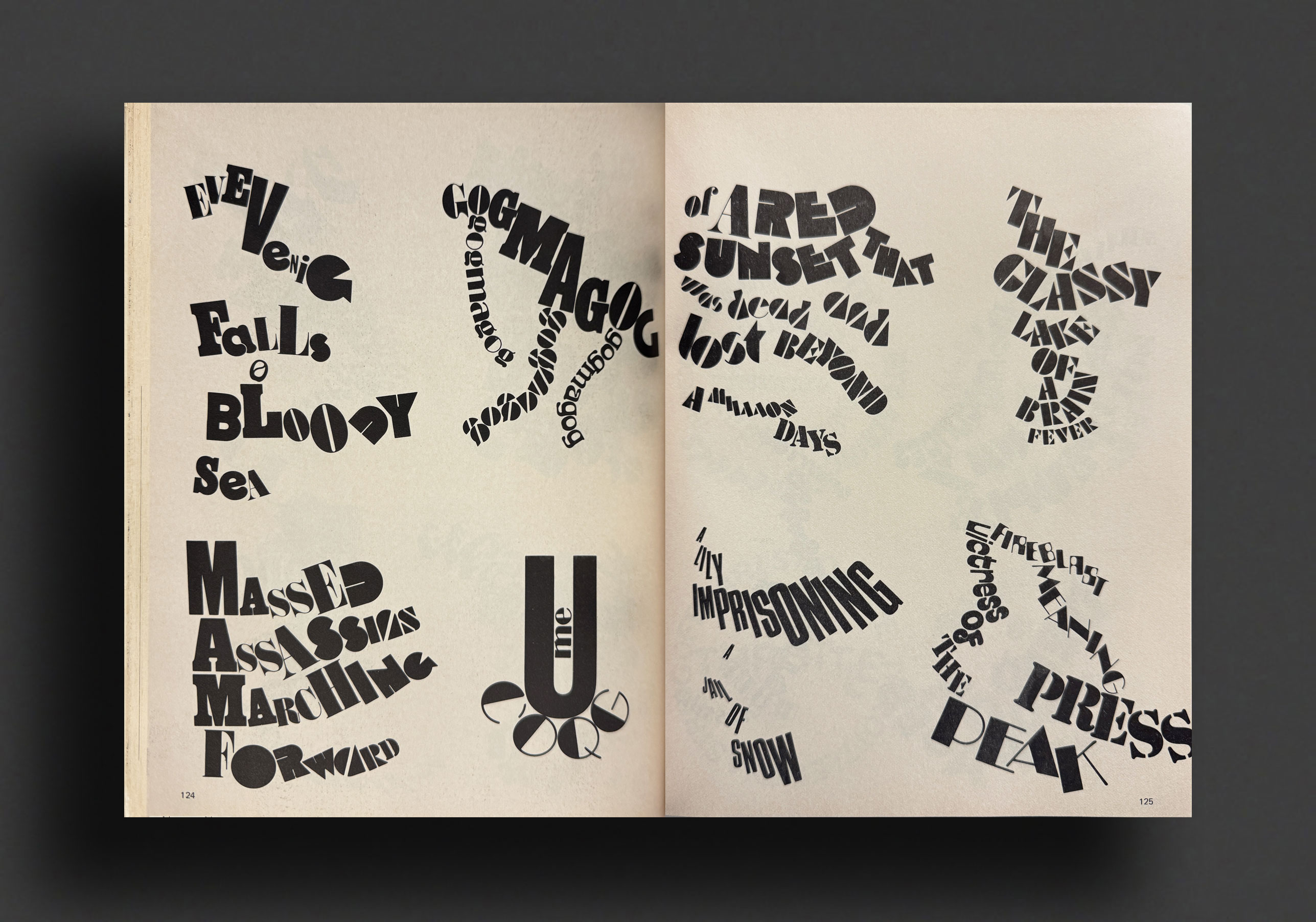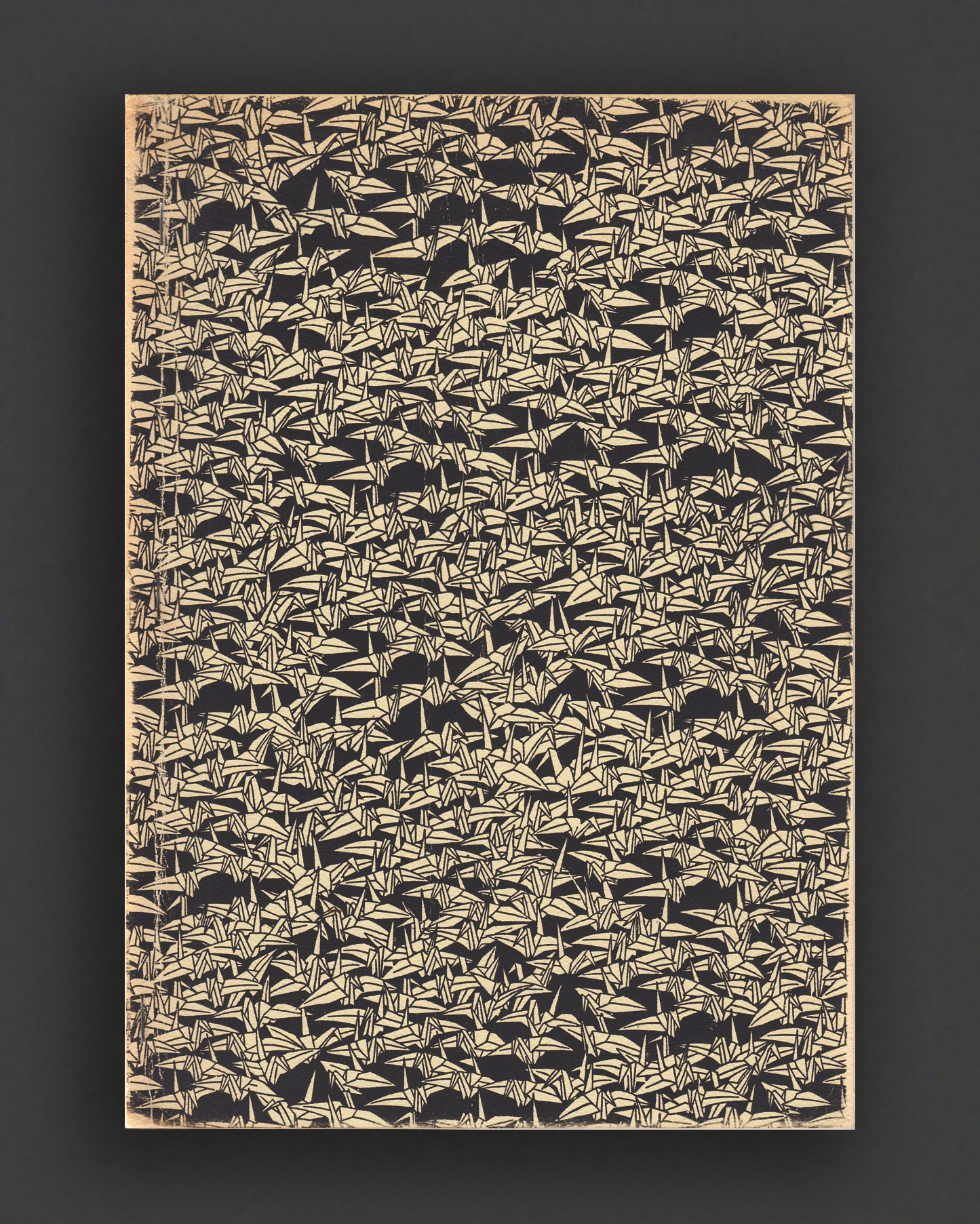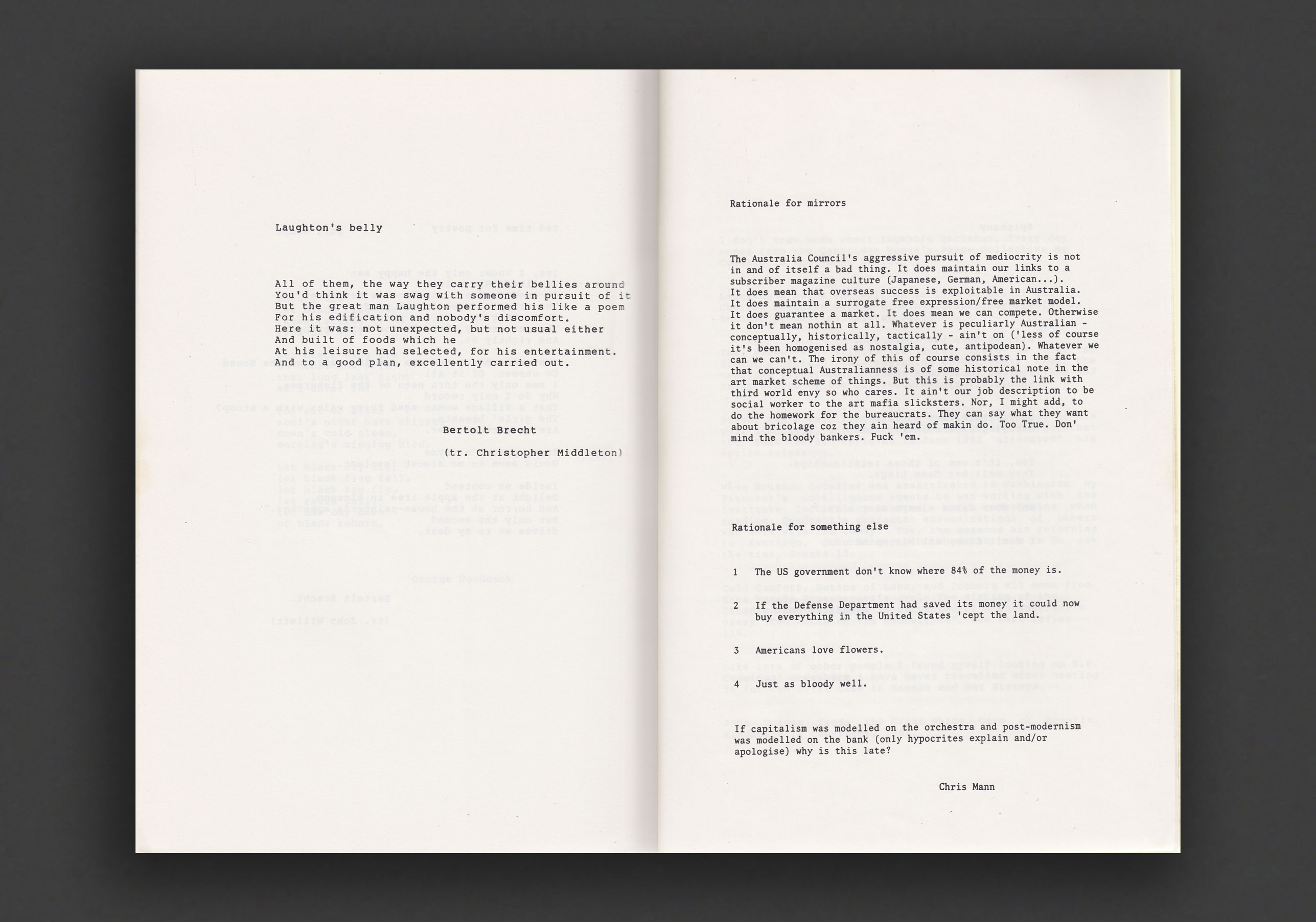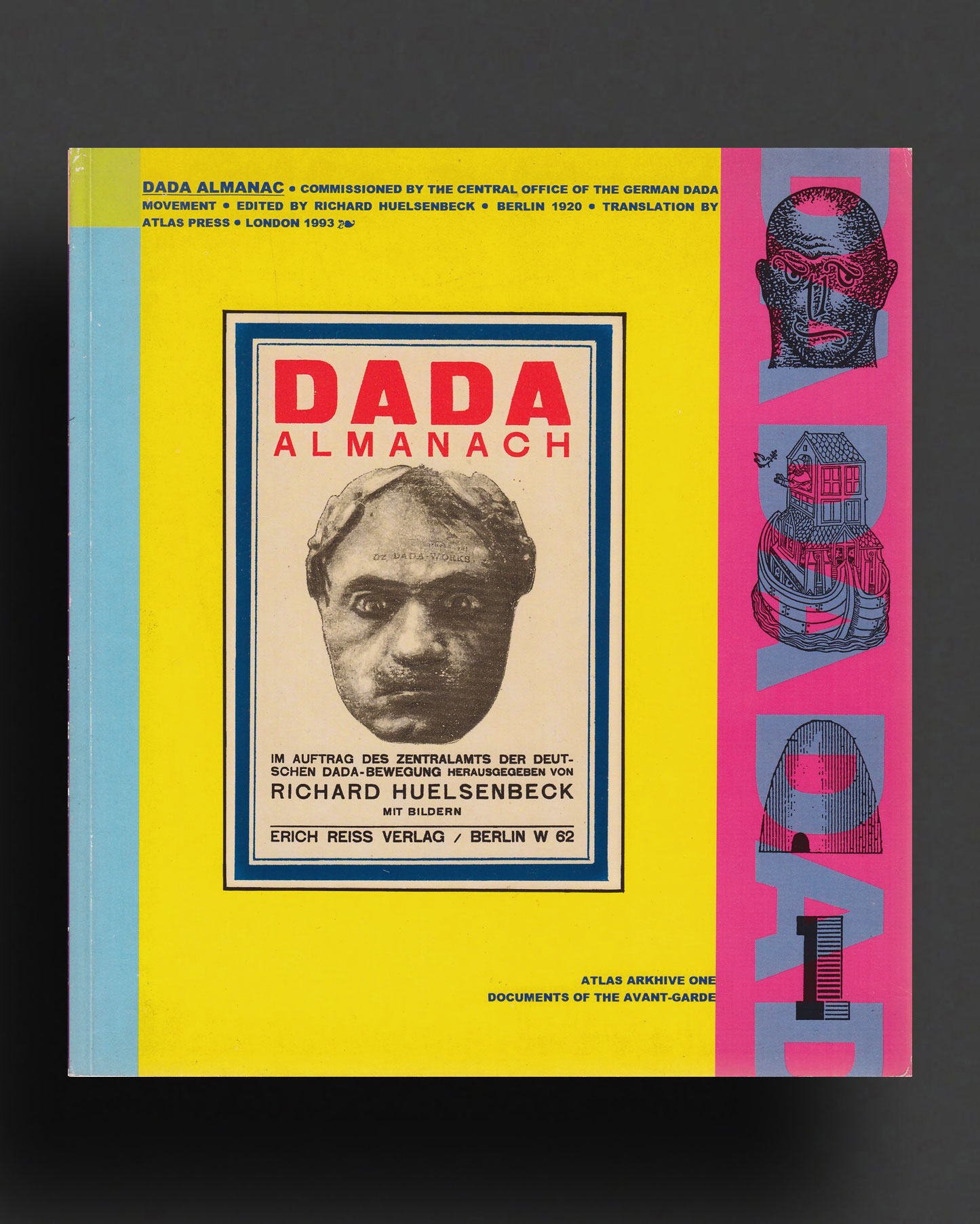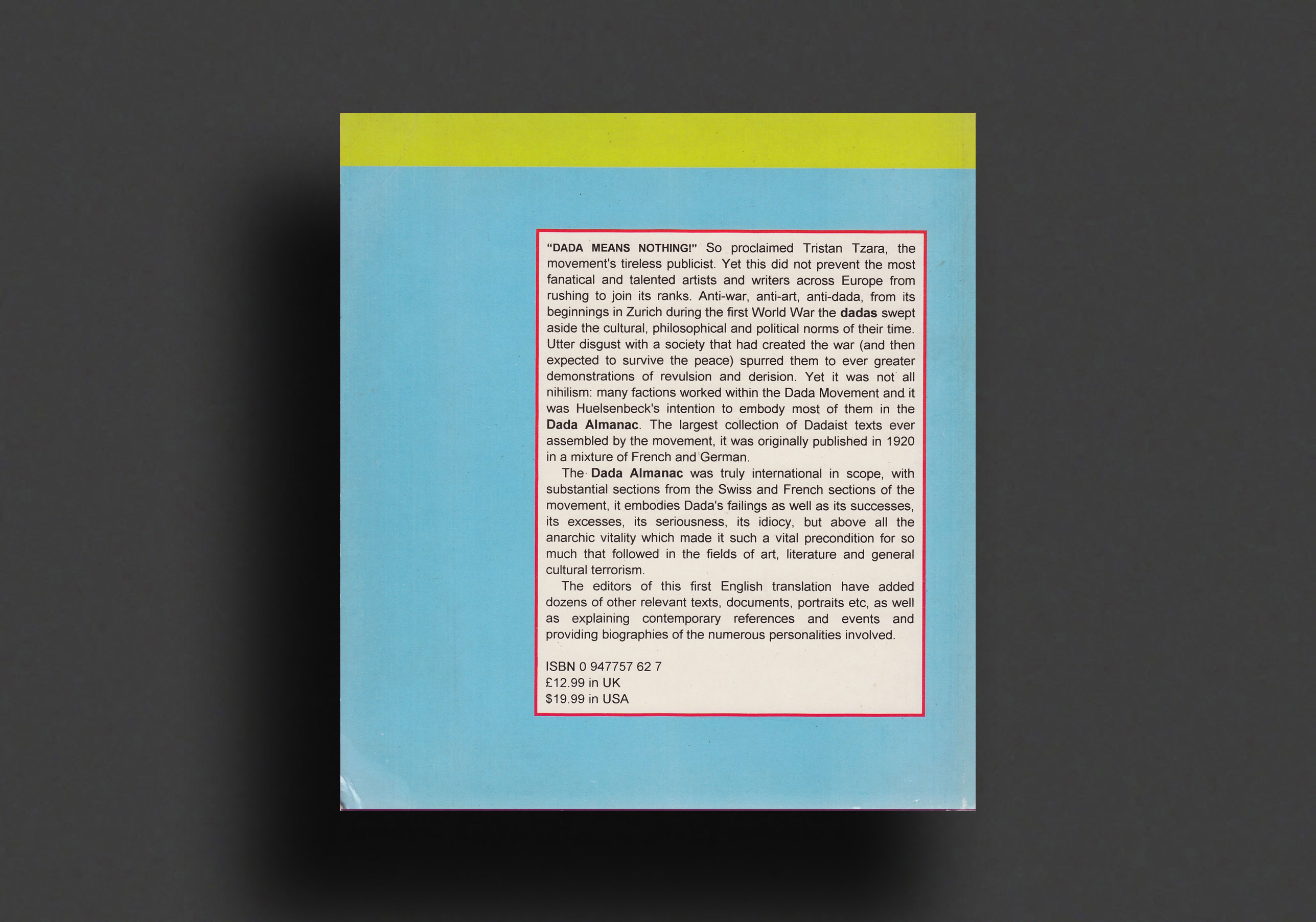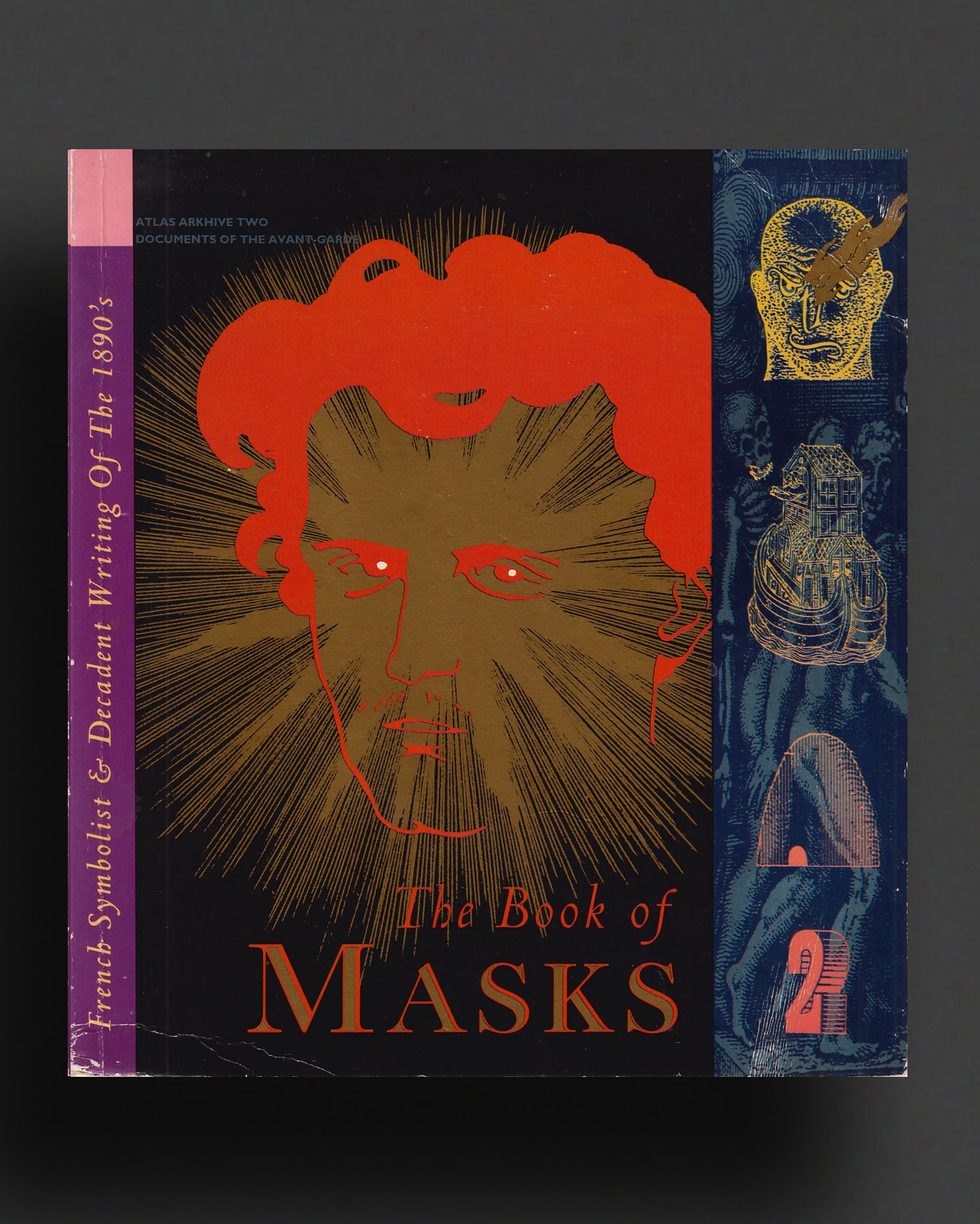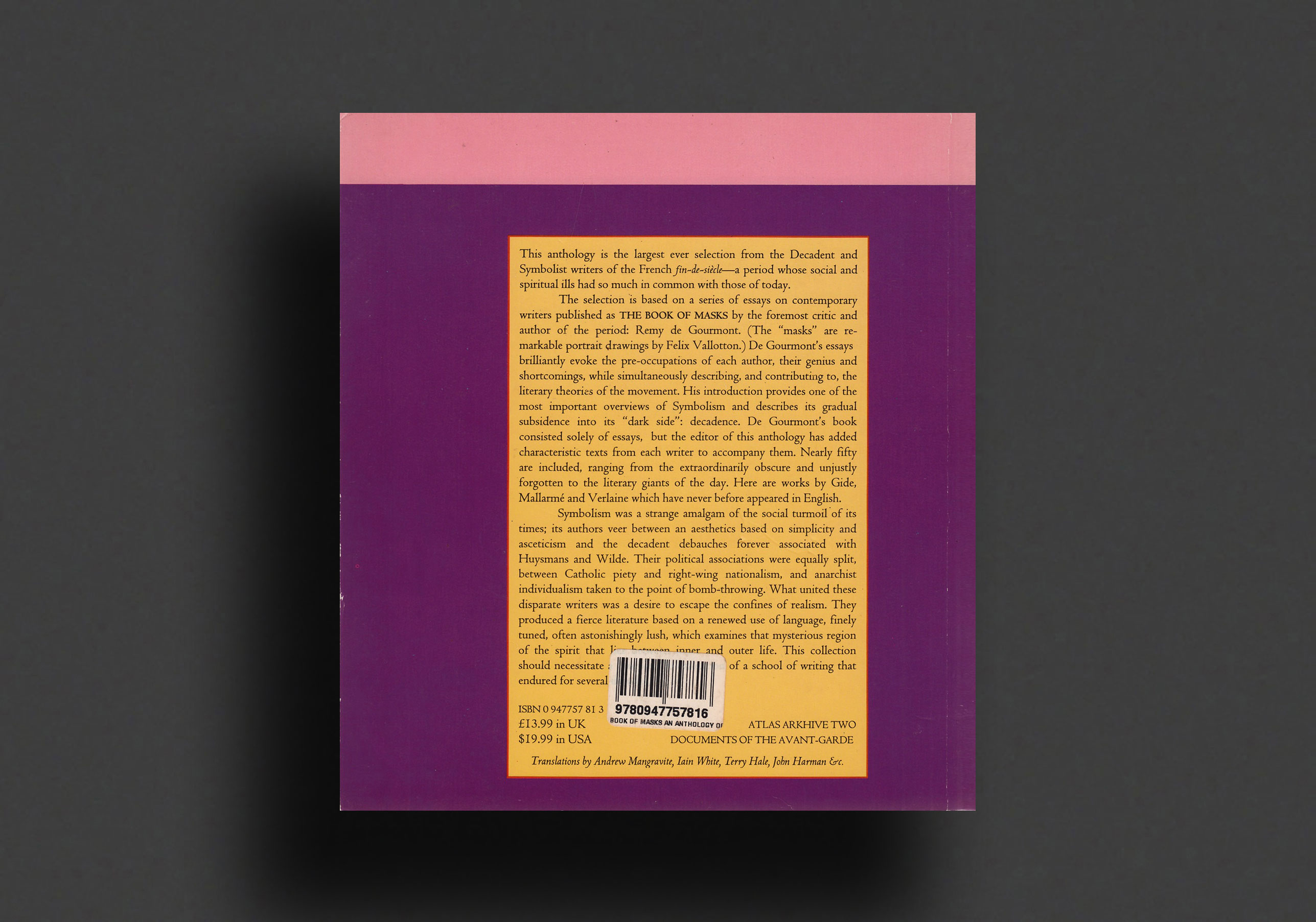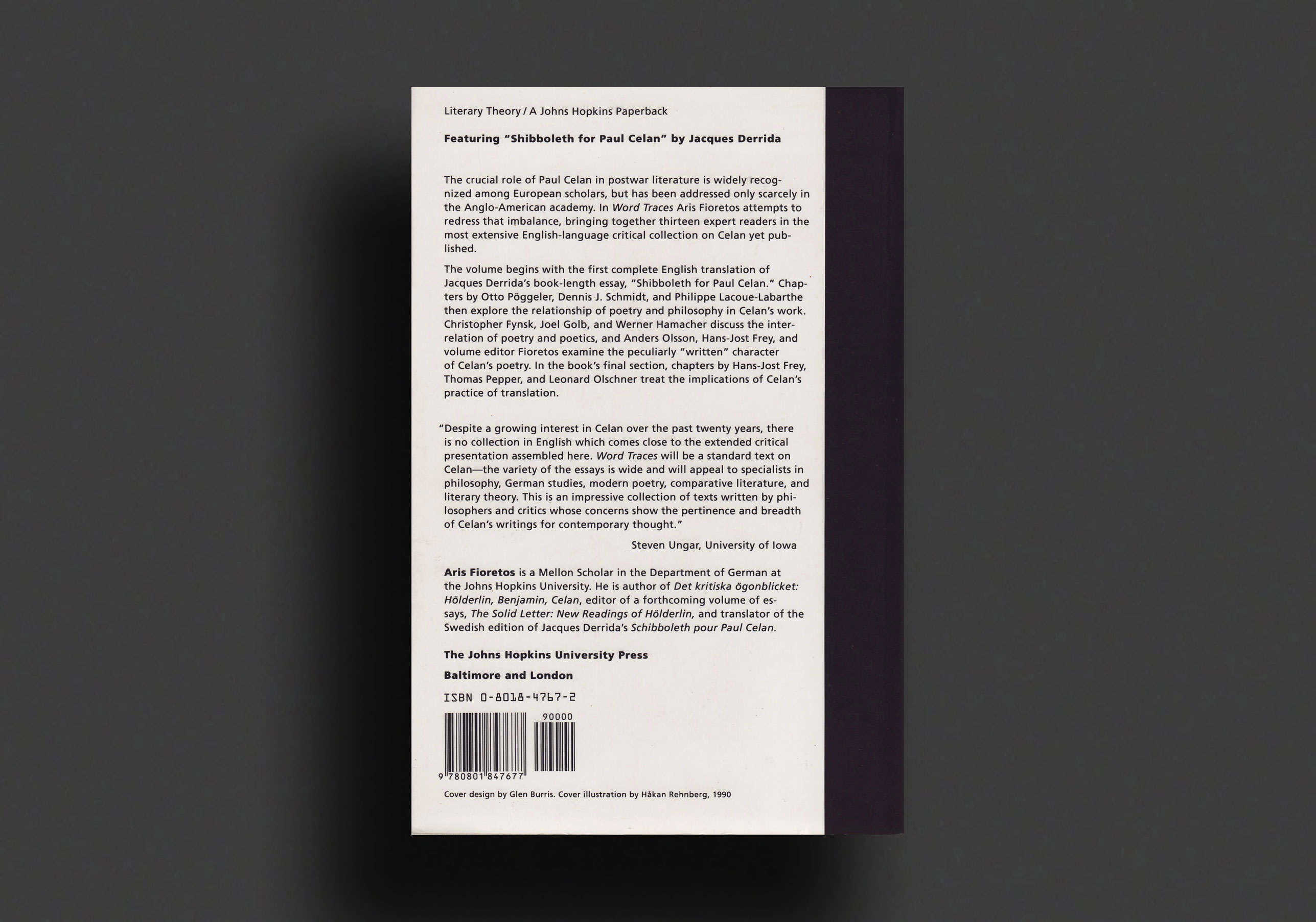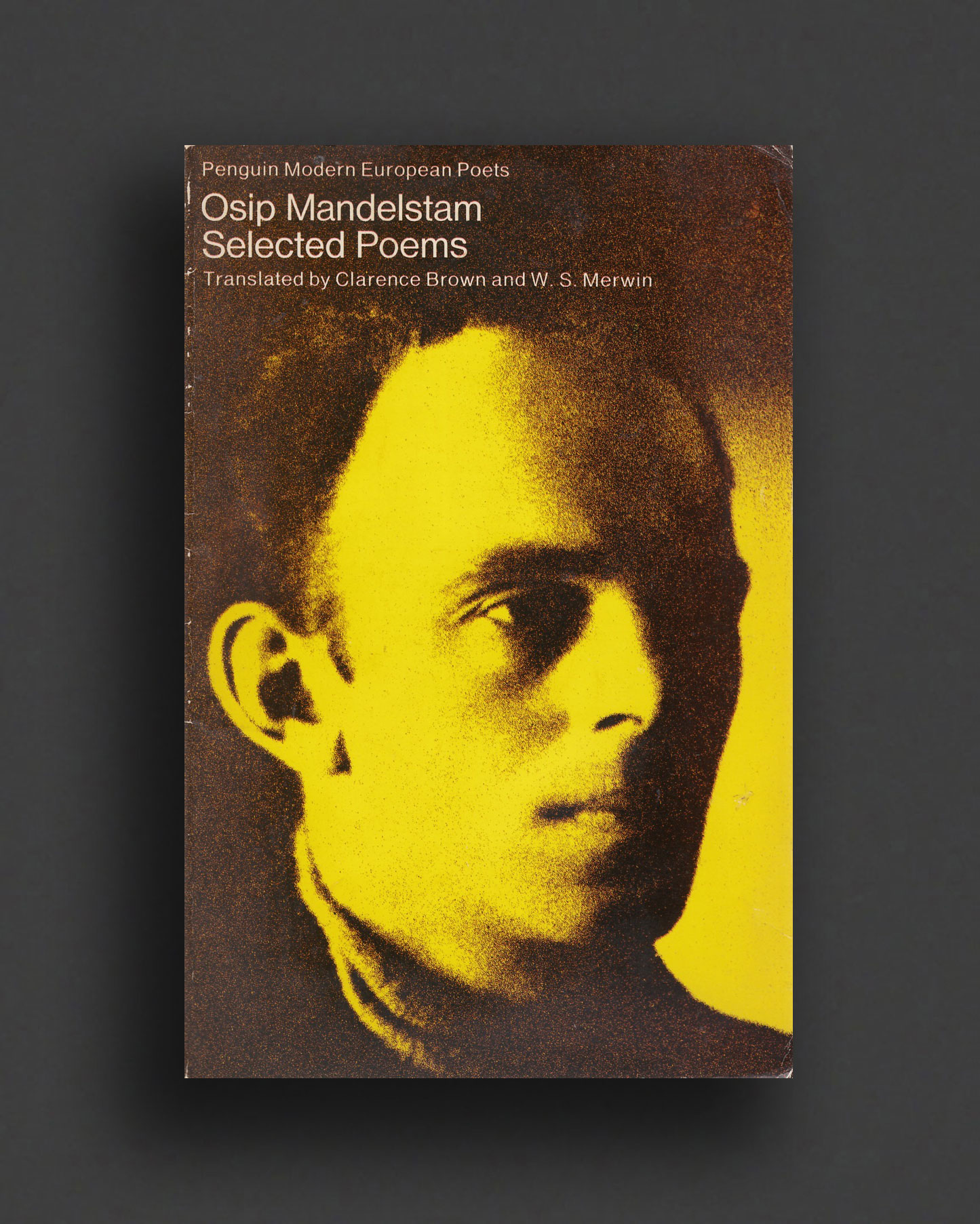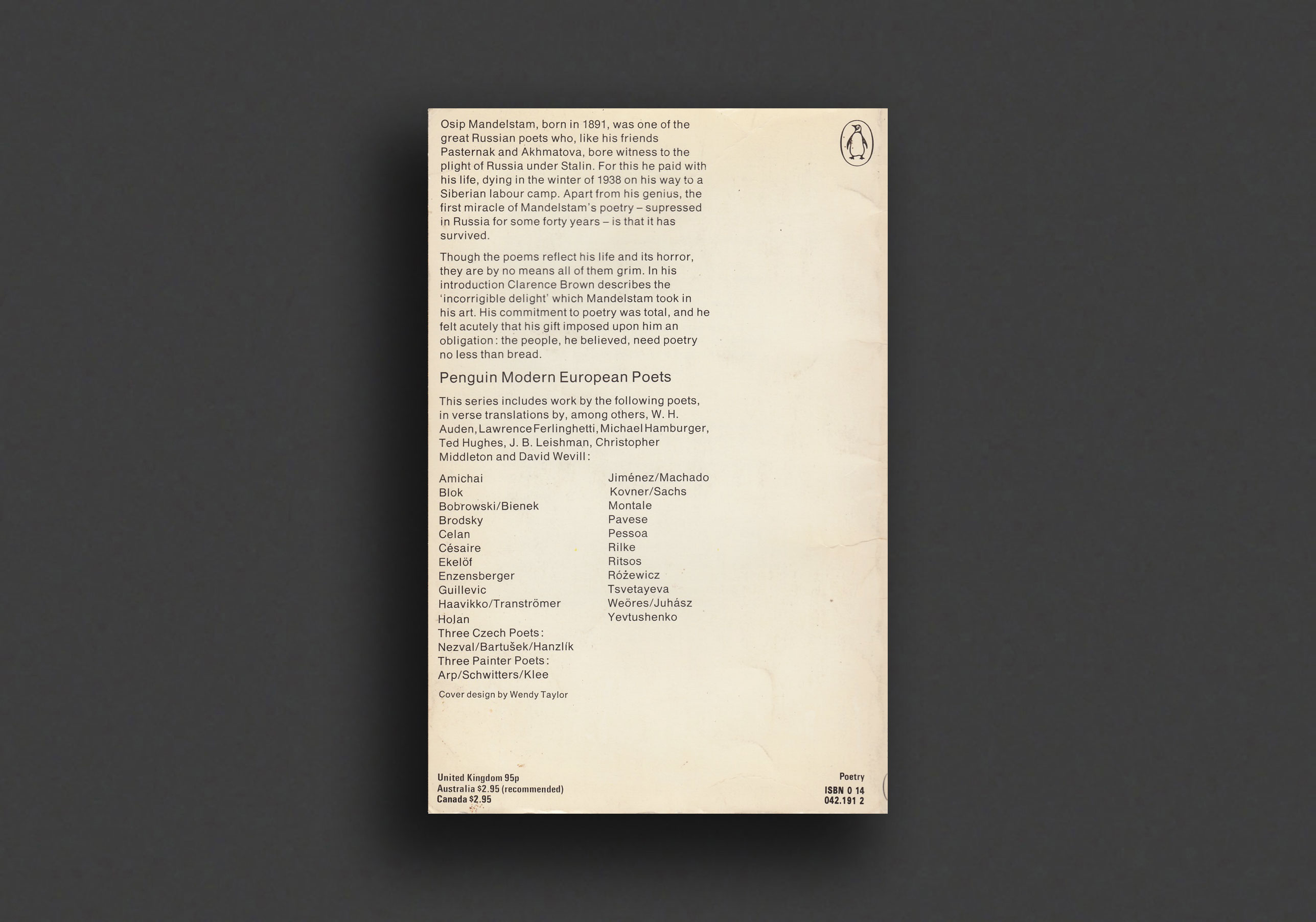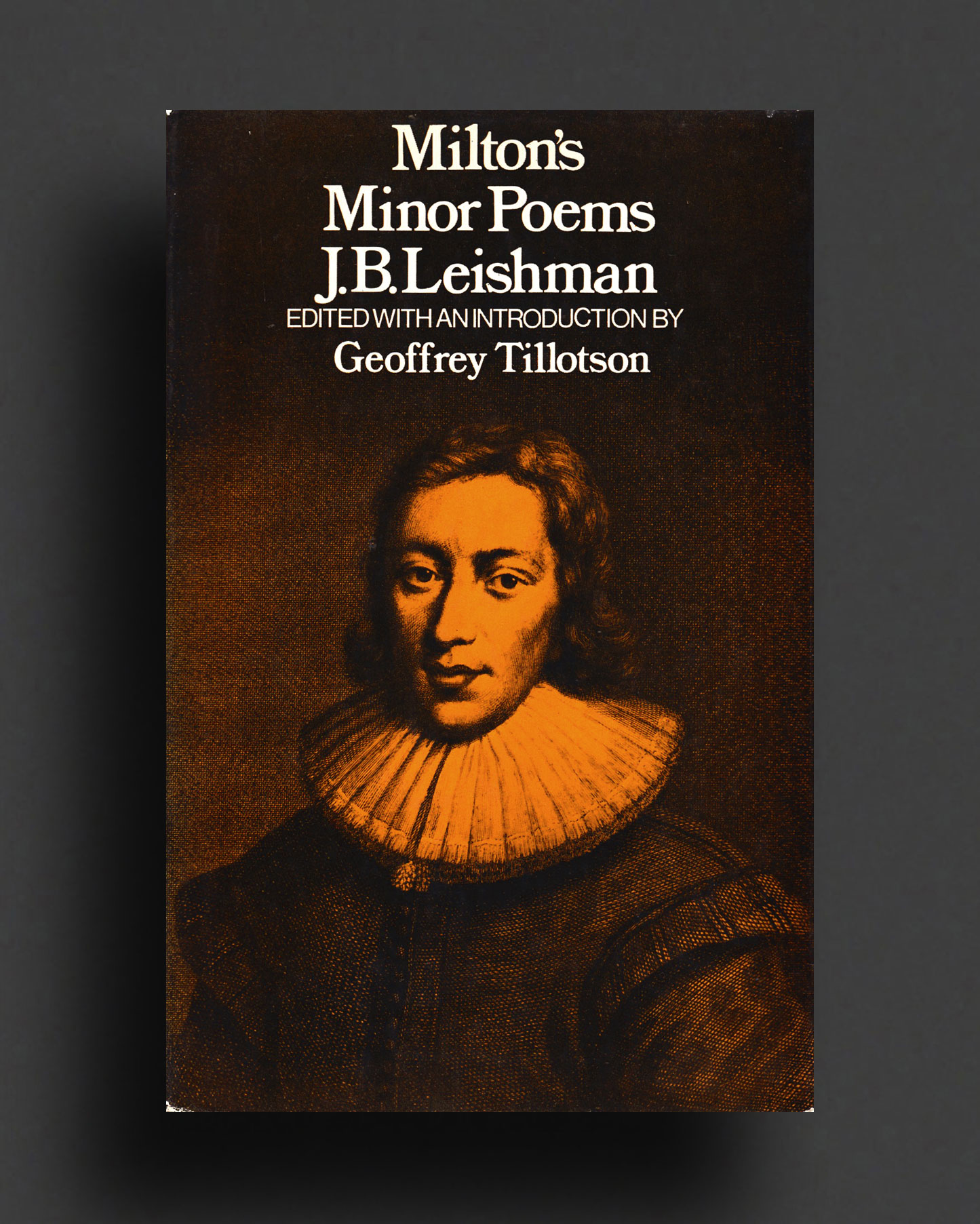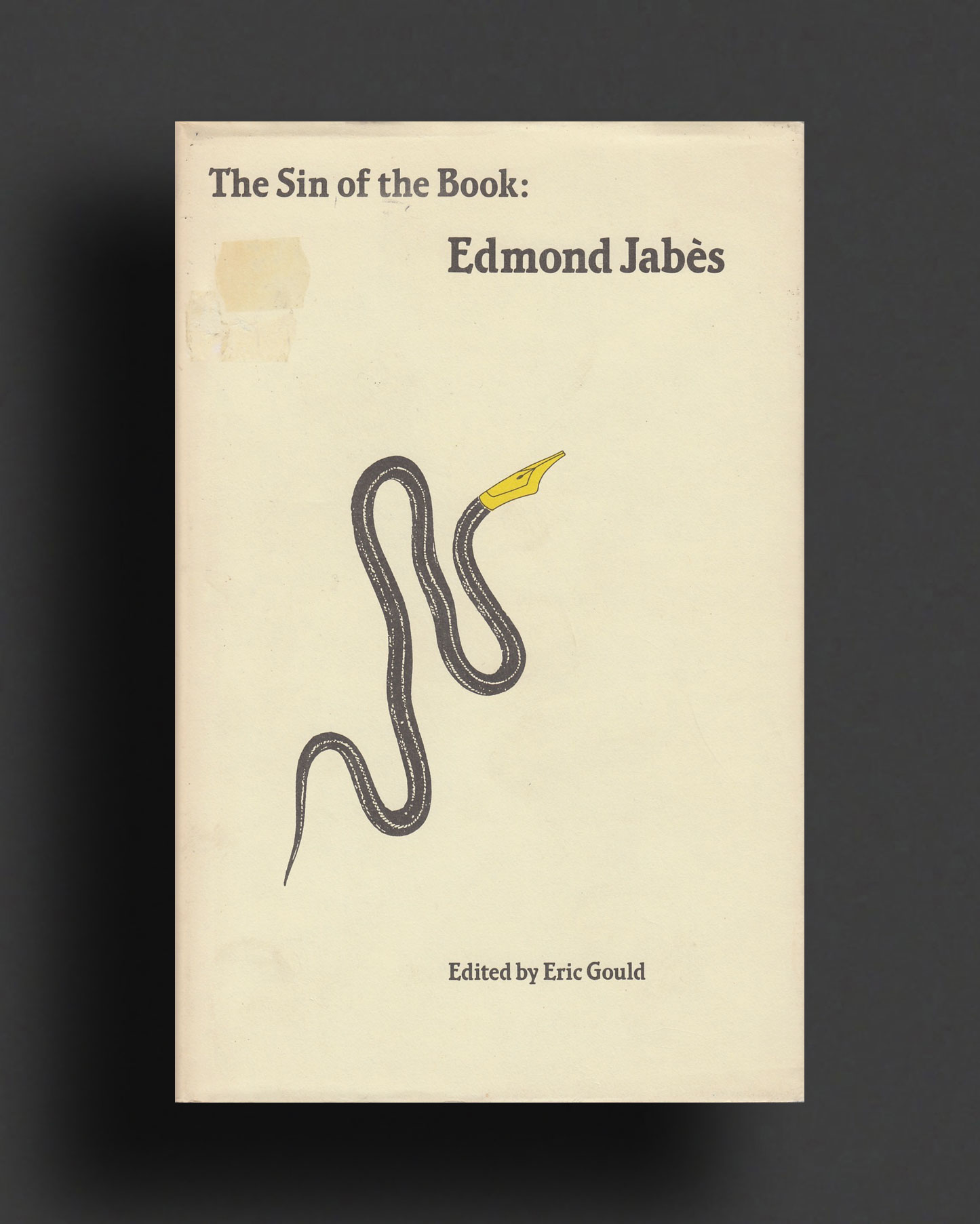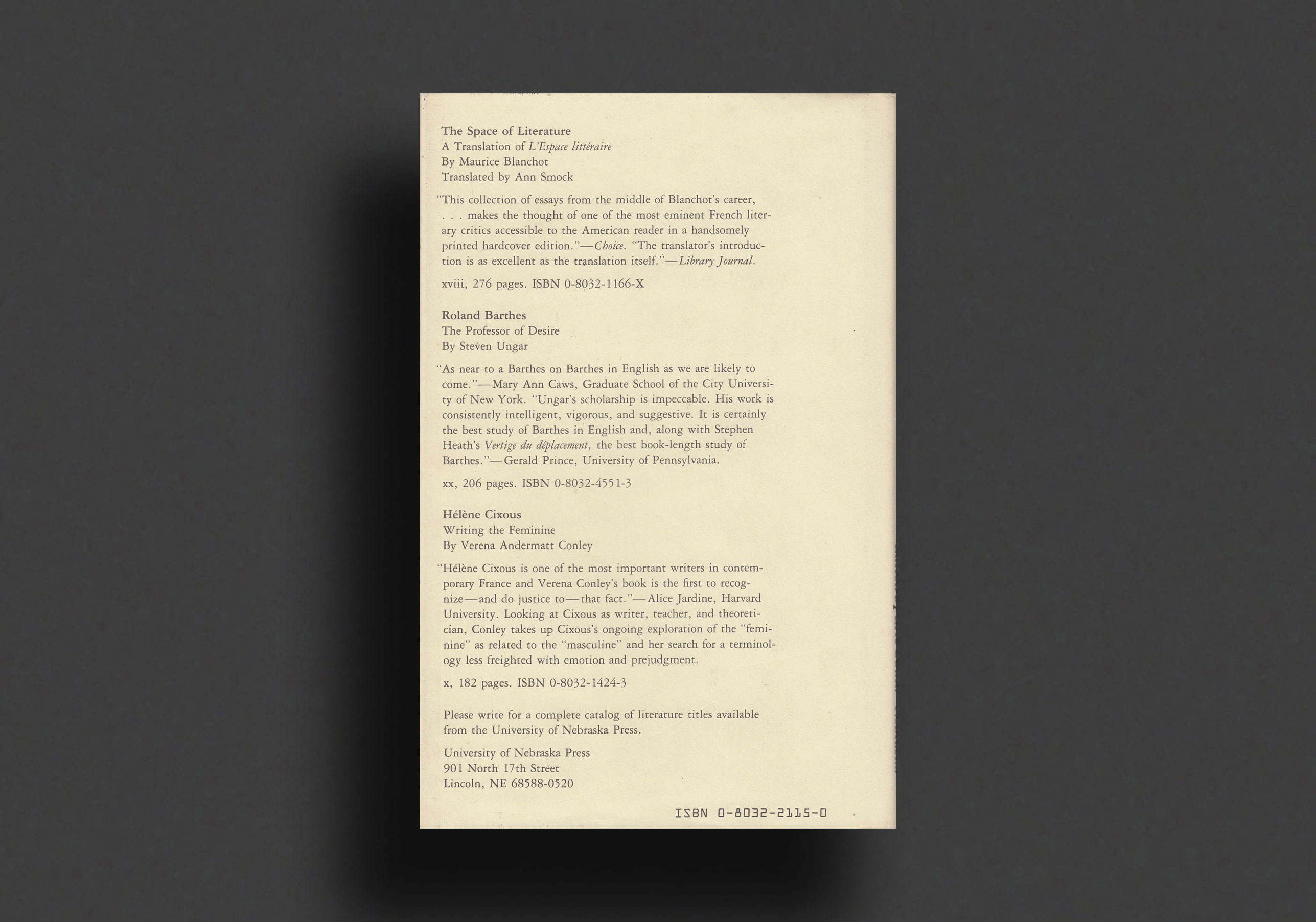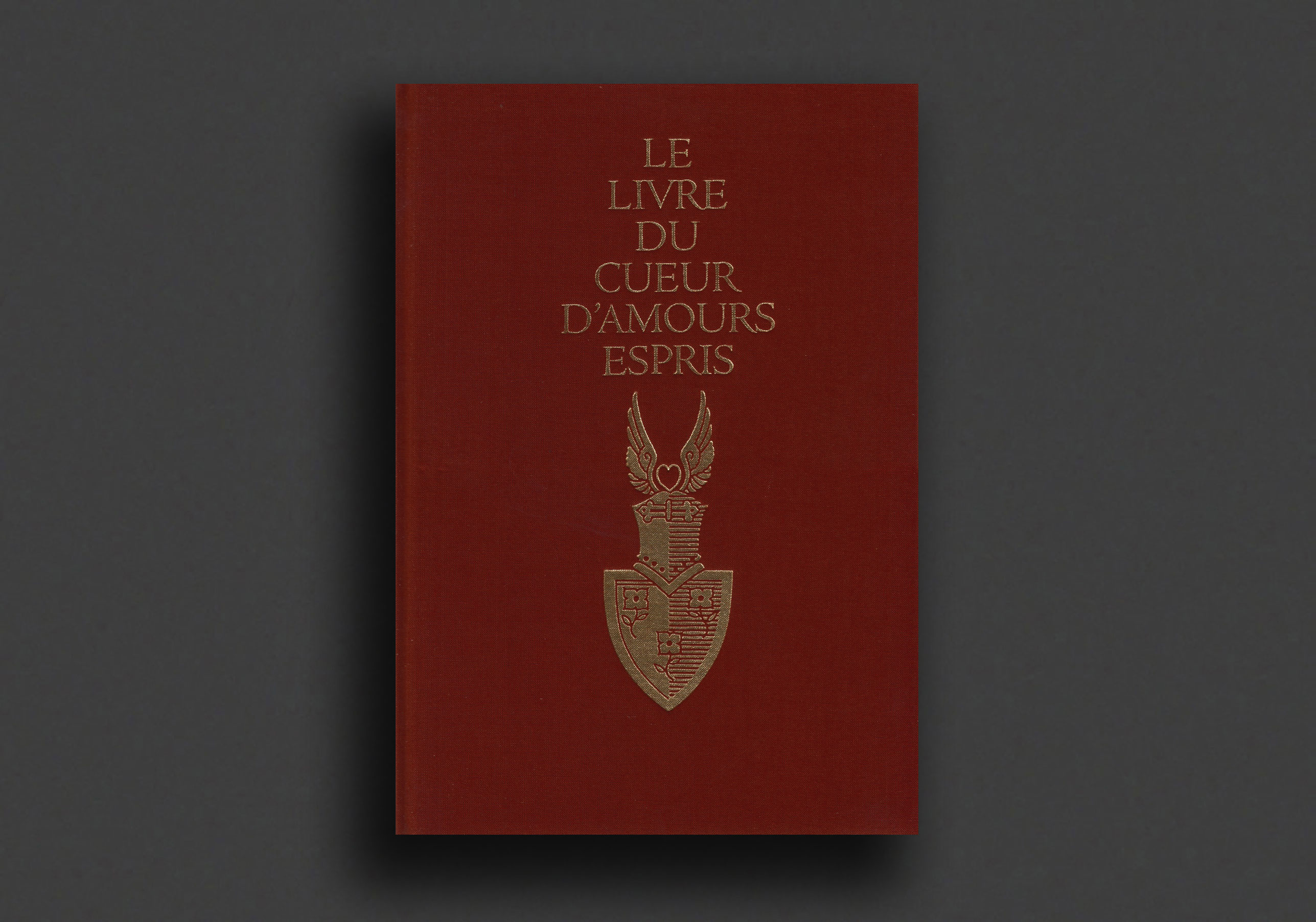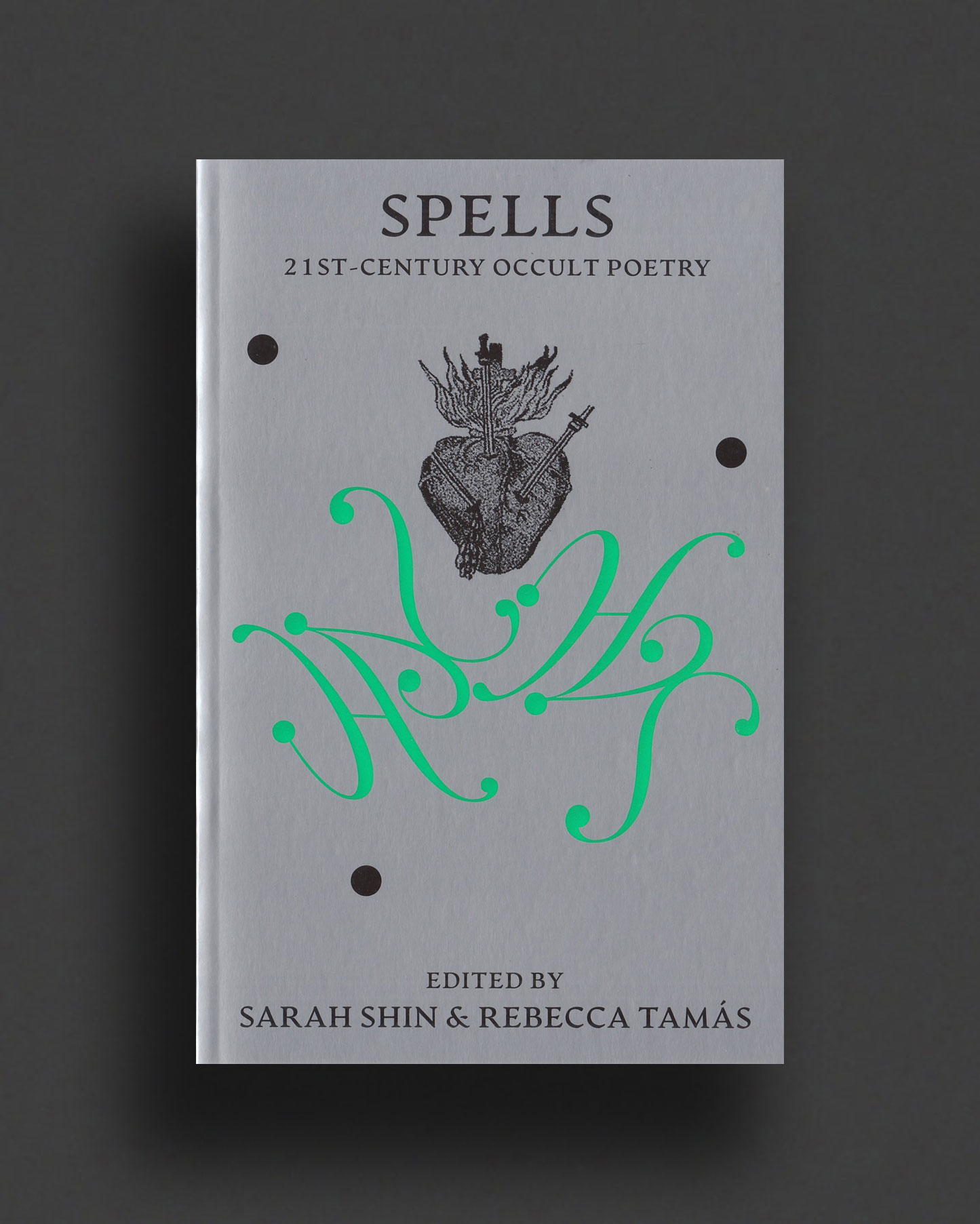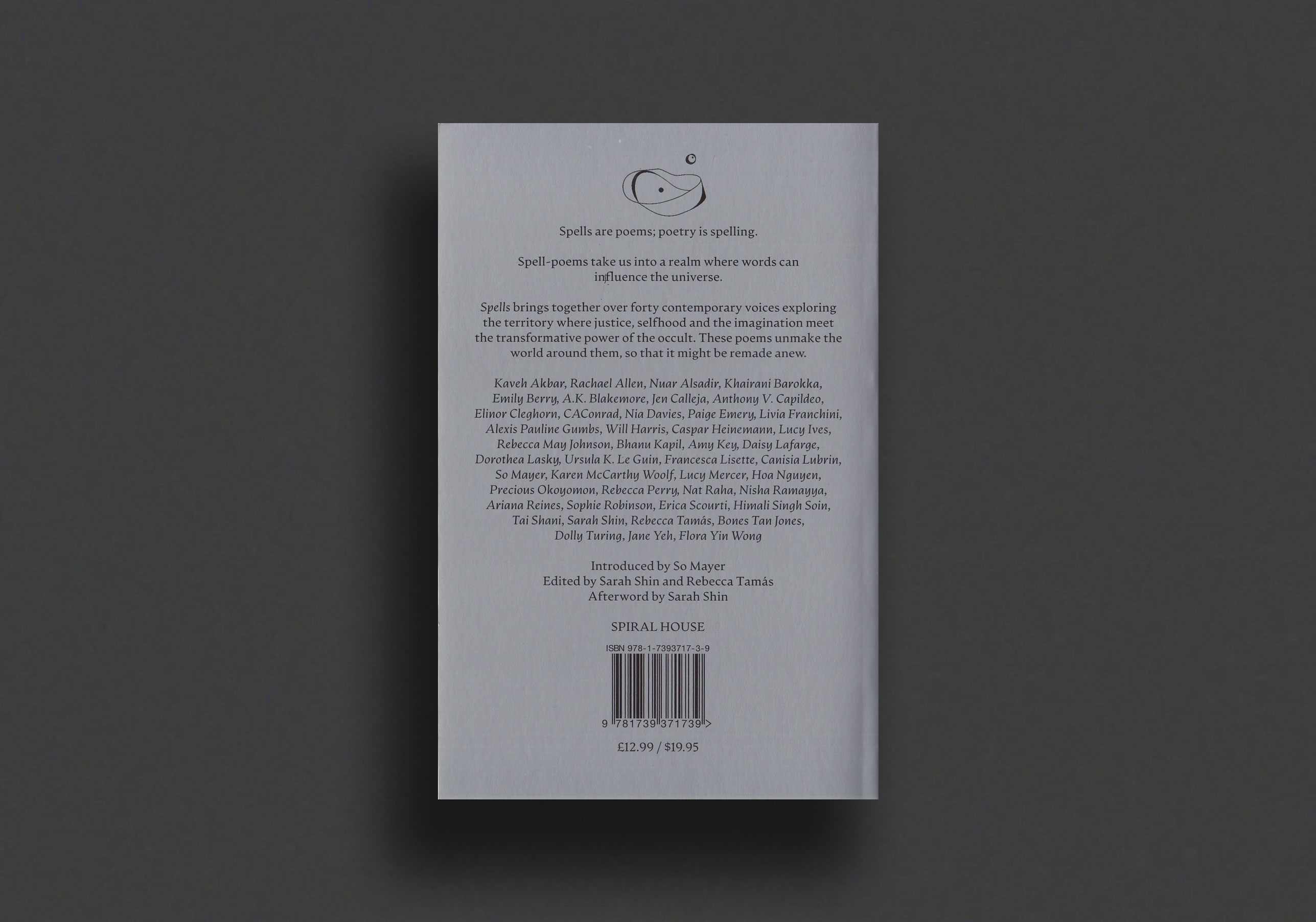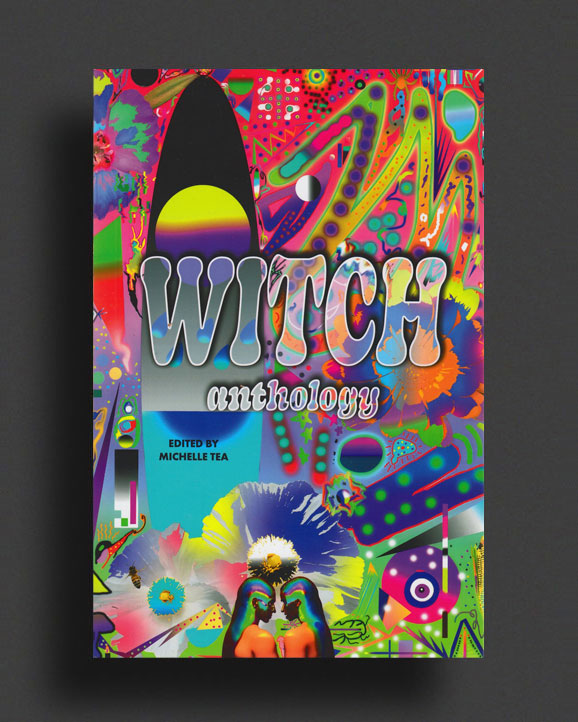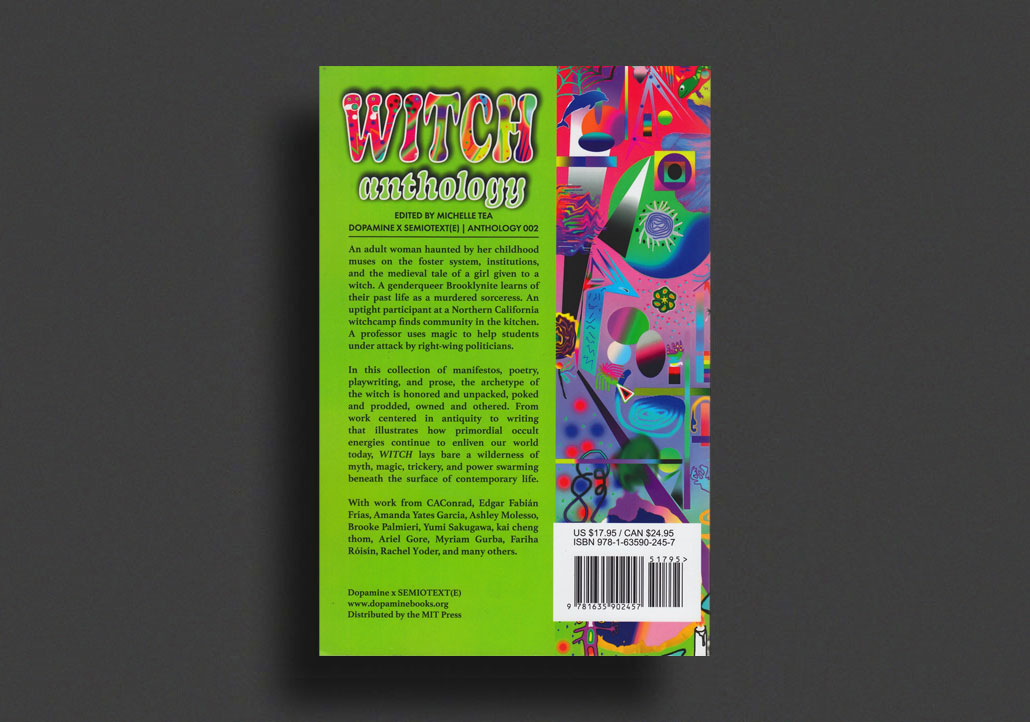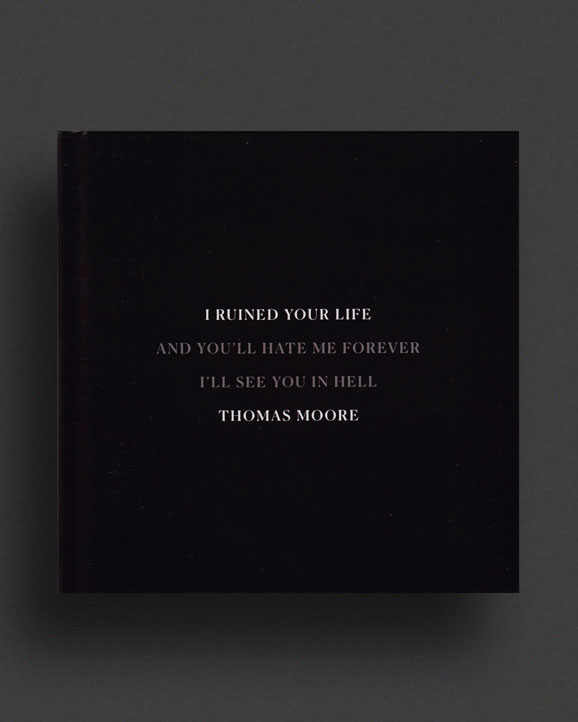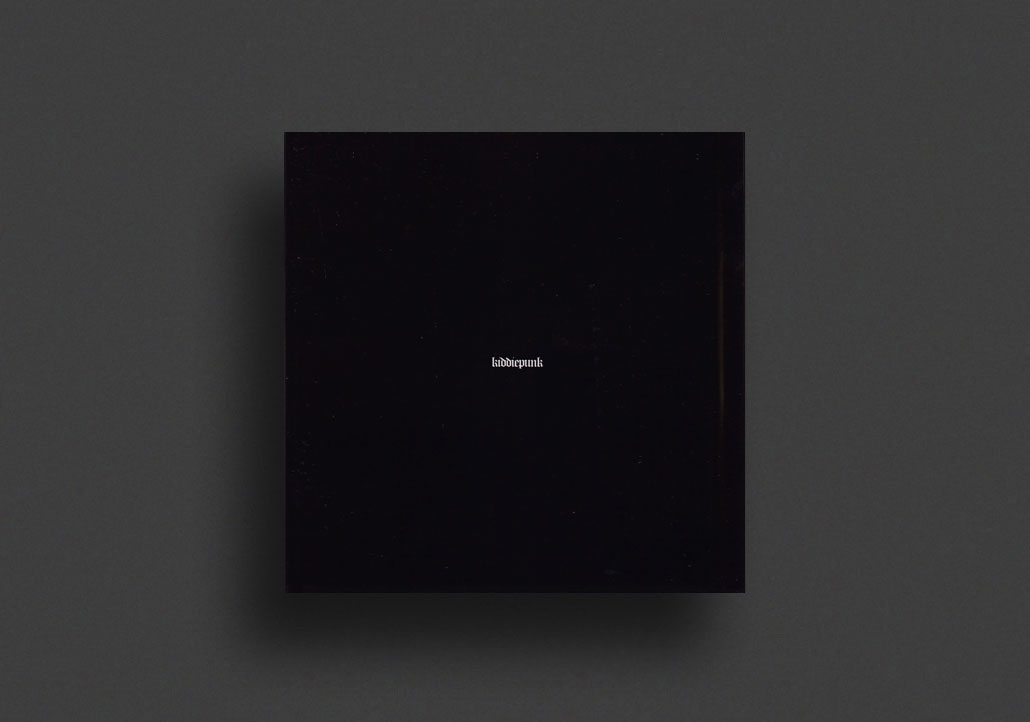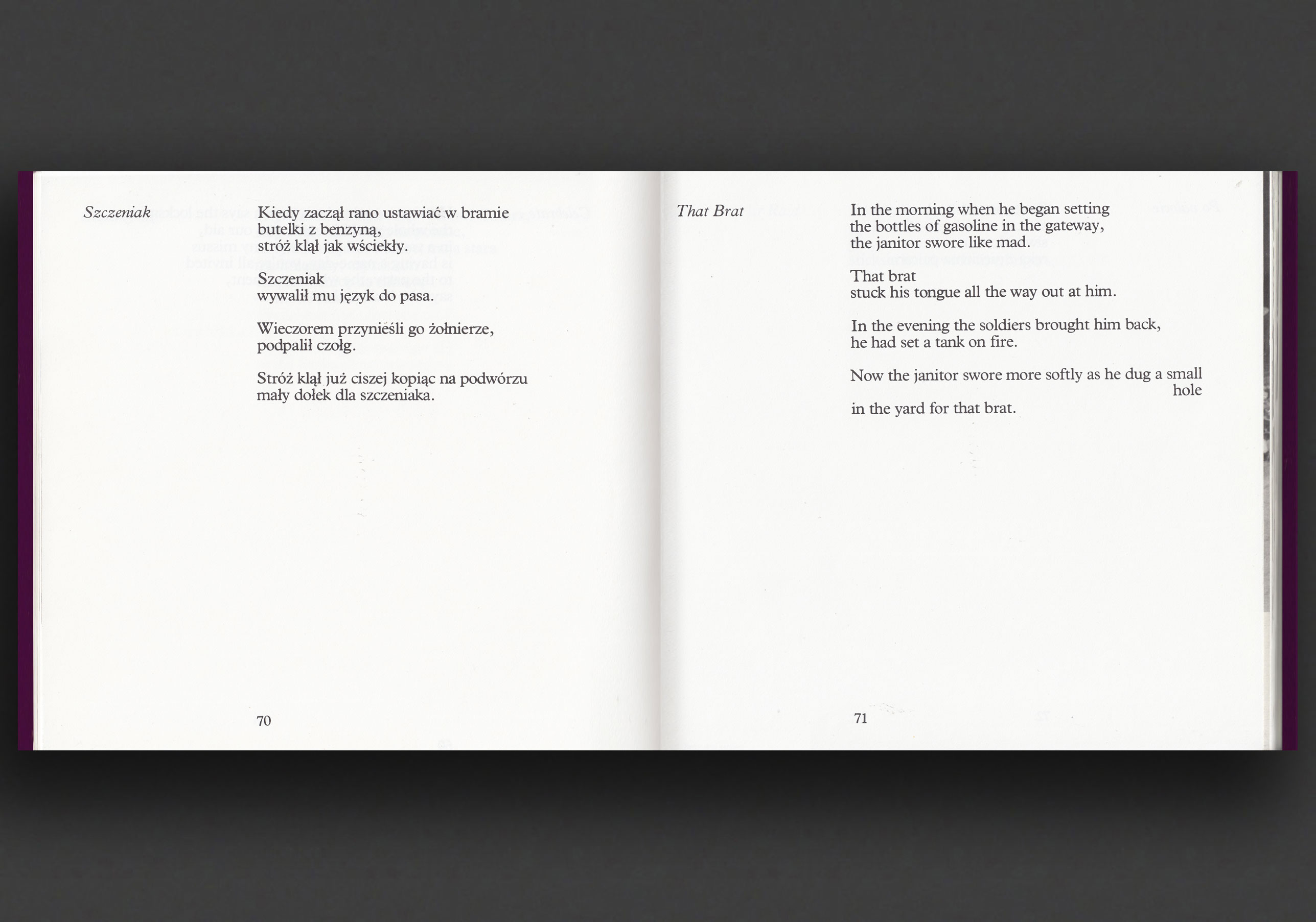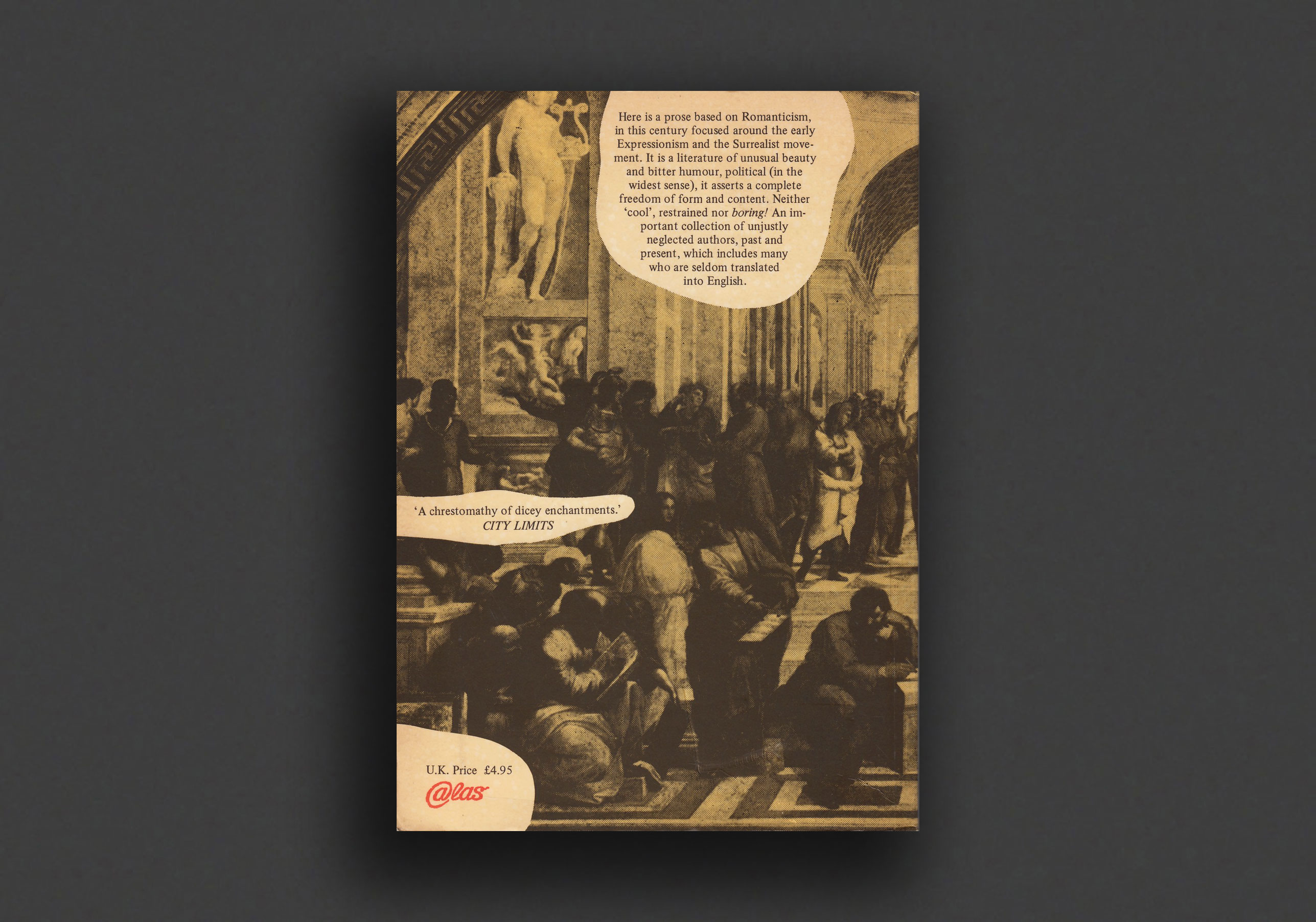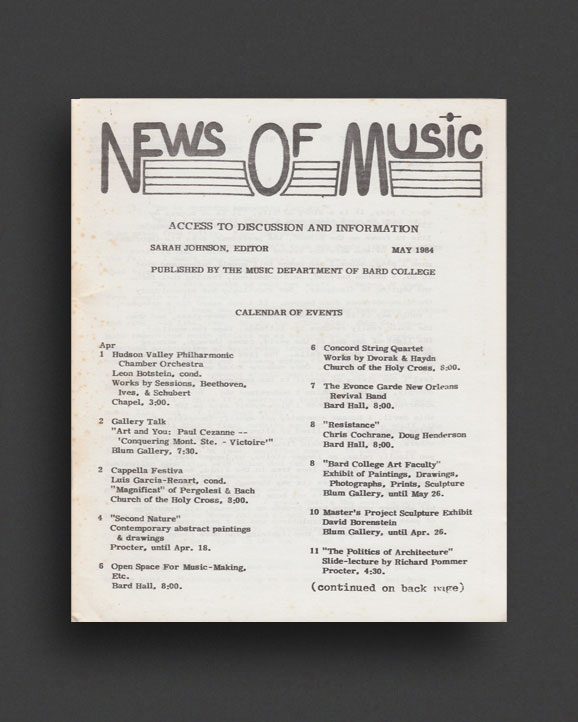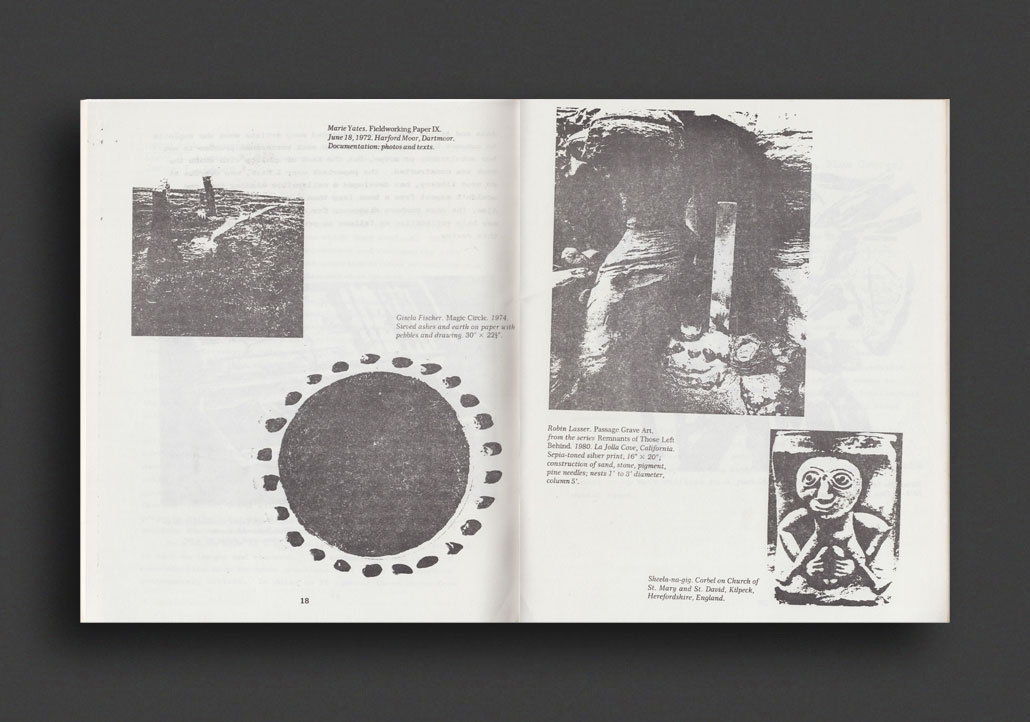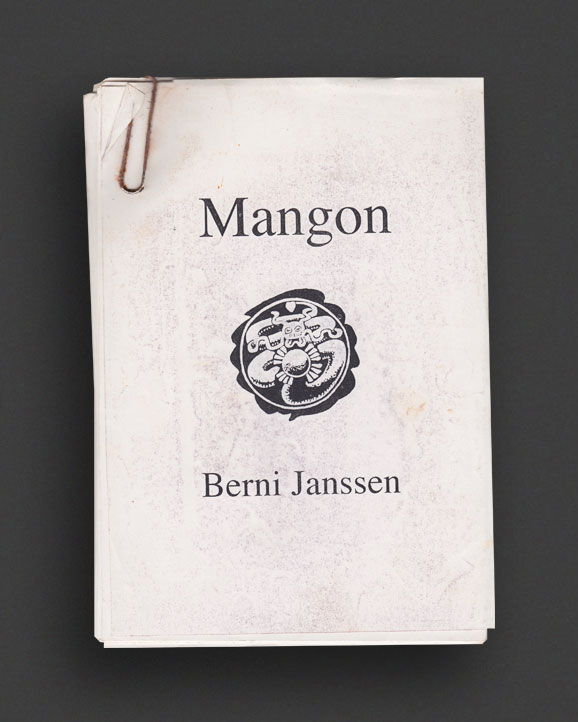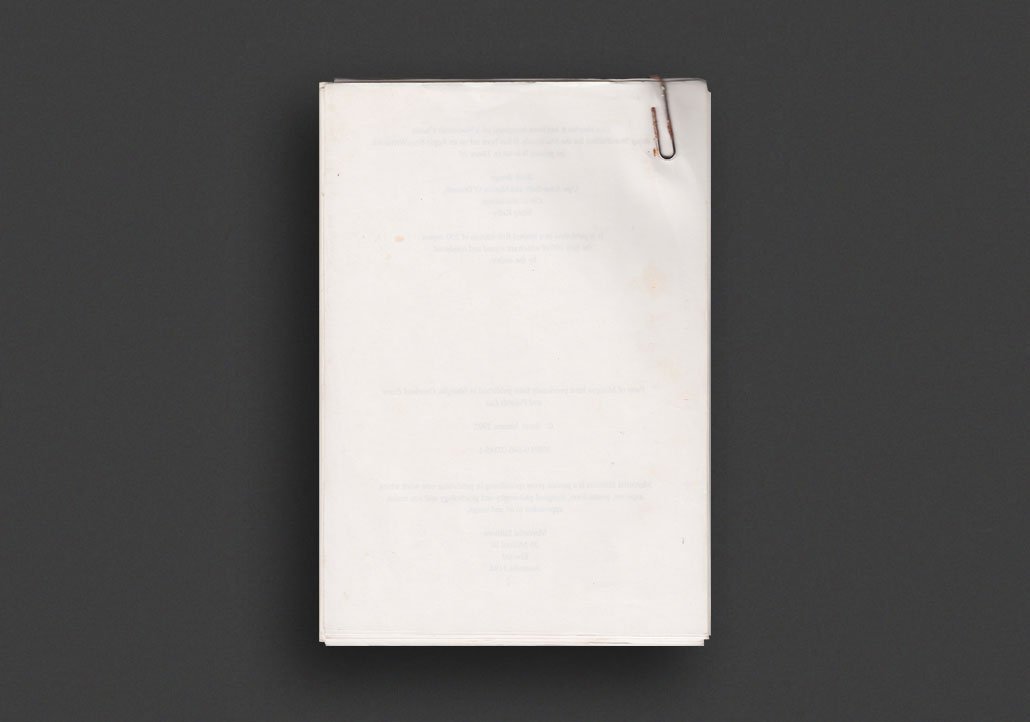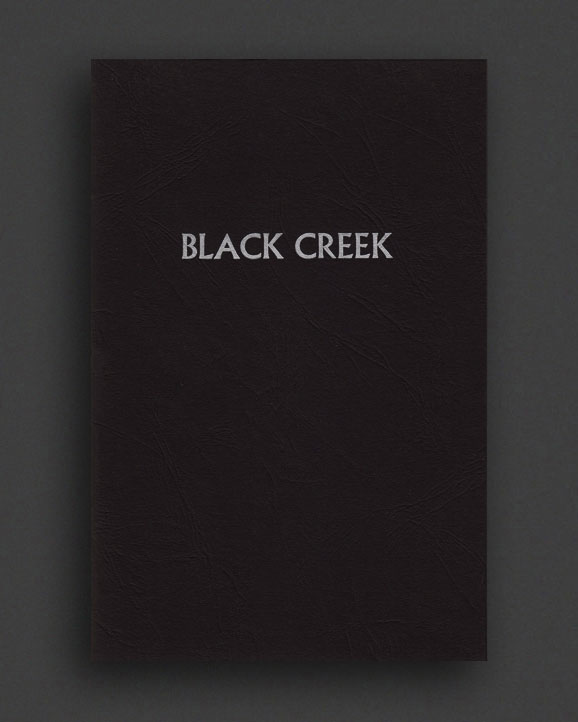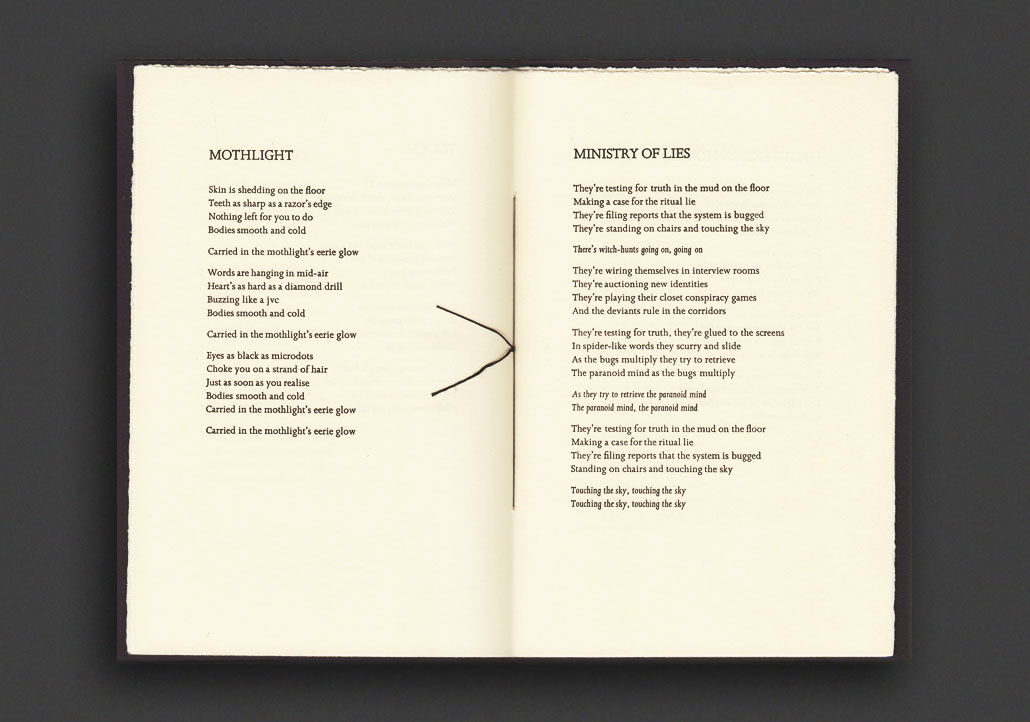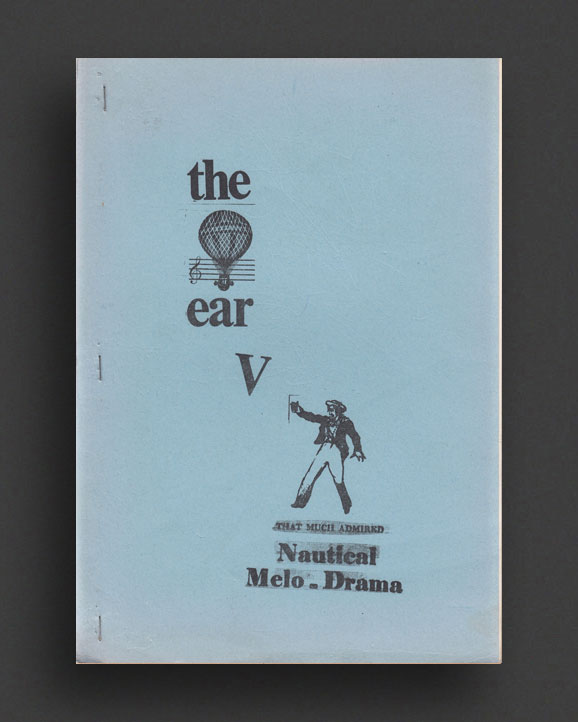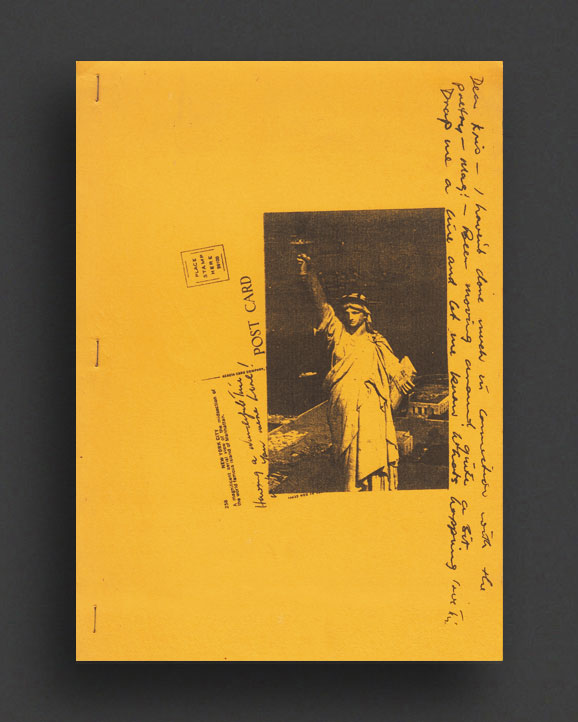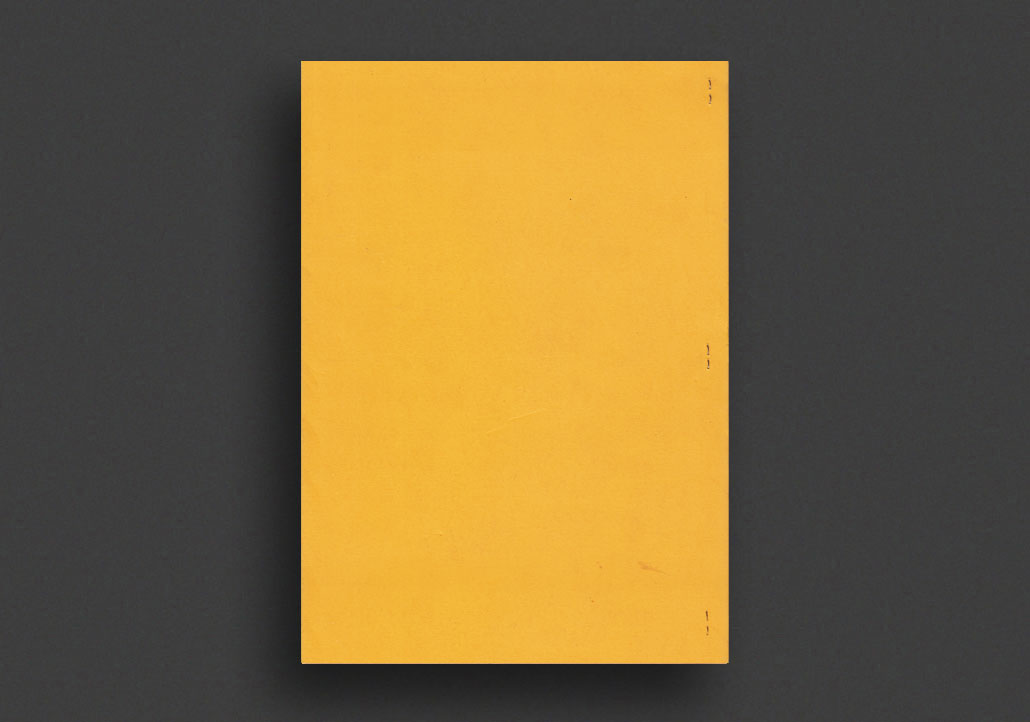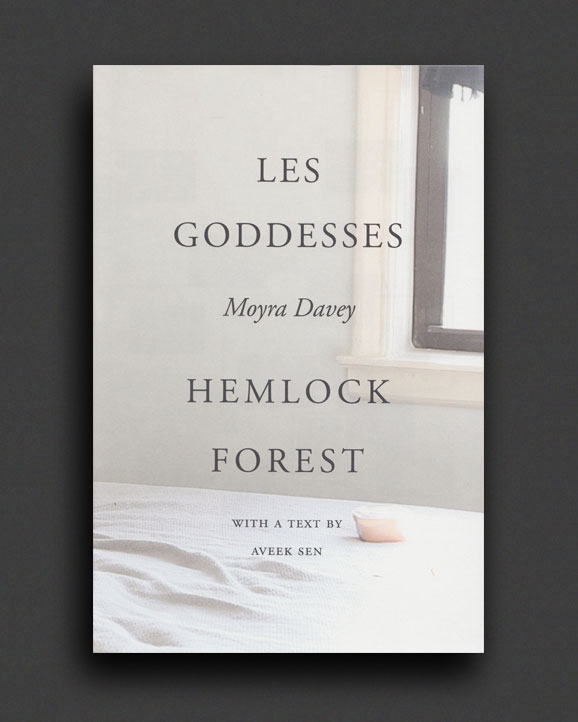(...less)
Rare first 1979 hardcover bi-lingual (Polish/English) edition of "Building the Barricade" a seminal collection of poetry of witness by the Polish poet Anna Świrszczyńska (1909-1984), a confronting document of Świrszczyńska’s experience as a military nurse and member of the Polish Resistance during the sixty-three days of the 1944 Warsaw Uprising — the Polish underground's resistance to liberate Warsaw from Nazi German occupation. In this original translated edition published by Wydawnictwo Literackie, Kraków, the poems are accompanied by the photography of Jerzy Tomaszewski (1924– 2016), who fought and was wounded in the Warsaw Uprising of 1944, which he also covered as an official photo-reporter. He is the author of many photographic albums which brought him wide acclaim. The photographs which illustrate this volume (some of them partially damaged) come from a collection which had been lost for over thirty years. Their recent discovery in the 1970s was an important historical and artistic event.
“Anna Świrszczyńska's elemental, extractive accountings of the Warsaw Uprising present a history of pain and of personhood so irremediable and unembellished that neither can be stripped from even the dead. Building the Barricade, harrowing and demanding, here takes its place in English among the twentieth century's master works of war-witness.”—Jane Hirshfield
"'War made me another person,' said Anna Świrszczyńska. Building the Barricade is the outcome of that change in that it took thirty years for these experiences to find their way into language. But the poem is also, undoubtedly, an agent of change, for us as well as her. Stanza by stanza we see the speaker transformed, stripped of anything but the terrible truths she is recording."—Eavan Boland
Anna Świrszczyńska, born in Warsaw, Poland, in 1909, is one of the most significant Polish poets and playwrights of the entire postwar period. She attended Warsaw University where she studied medieval and baroque Polish literature. She began publishing poems in the 1930s. During the Nazi occupation of Poland, Świrszczyńska joined the Polish Resistance and was a military nurse during the Warsaw Uprising. Anna Świrszczyńska died in Krakow of cancer in 1984.
Translations by Magnus J. Krynski, Professor of Slavic Literatures at Duke University and author of many essays on contemporary Polish literature, and Robert A. Maguire, Professor of Russian Literature at Columbia University.
Anna Swirszczynska is one of the most significant Polish poets and playwrights of the entire postwar period. Among the works that gained her this position are the volumes of poetry Wind, I Am Female, Happy as a Dog's Tail and the plays Gunfire on Dluga Street and Conversation with My Own Foot. The first of these plays is set in Nazi occupied Warsaw while the second takes up the theme of a potentital nuclear destruction of the world.
Magnus J. Krynski, Professor of Slavic
Literatures at Duke University, is the author of many essays on contemporary Polish literature. Robert A. Maguire is Professor of Russian Literature at Columbia University.
His books include Red Virgin Soil and Gogol from the Twentieth Century. Krynski and Maguire are the translators of a selection of Tadeusz Rózewicz's poetry, The Survivor and Other Poems, published by Princeton University Press. Their translations were most favourably received by critics. At present they are preparing a volume of Wislawa Szymborska's poems in English.
Jerzy Tomaszewski fought and was wounded in the Warsaw Uprising of 1944, which he also covered as an official photo-reporter. He is the author of many photographic albums which brought him wide acclaim. The photographs which illustrate this volume (some of them partialy damaged) come from a collection which had been lost for over thirty thirty years. Their recent discovery was an important historical and artistic event.
Building the Barricade - Anna Świrszczyńska - translated by Piotr Florczyk - Introduction by Eavan Boland
$20.00 - ISBN 978-1-945680-68-7
Building the Barricade, a volume of poems by the Polish poet Anna Świrszczyńska (1909-1984), is a seminal collection of poetry of witness. Divided into three sections, the poems document Świrszczyńska’s experience as a military nurse during the sixty-three days of the 1944 Warsaw Uprising.
In a statement regarding the publication of Building the Barricade Świrszczyńska wrote: “Life in Warsaw during the Uprising was a nightmare. The city was deprived of water, electricity, gas, and food supplies. For the most part, the sewer system did not function; the hospitals had no medicines or clean water. Day and night German bombers raged over the capital, burying the living beneath the rubble.”
“Anna Świrszczyńska's elemental, extractive accountings of the Warsaw Uprising present a history of pain and of personhood so irremediable and unembellished that neither can be stripped from even the dead. Building the Barricade, harrowing and demanding, here takes its place in English among the twentieth century's master works of war-witness.”—Jane Hirshfield
"'War made me another person,' said Anna Świrszczyńska. Building the Barricade is the outcome of that change in that it took thirty years for these experiences to find their way into language. But the poem is also, undoubtedly, an agent of change, for us as well as her. Stanza by stanza we see the speaker transformed, stripped of anything but the terrible truths she is recording."—Eavan Boland
Very Good copy in G—VG dust jacket with some edge wear esp to spine corners, preserved under archival mylar wrap.
File under:
Jerzy Tomaszewski
Robert A. Maguire
Magnus J. Krynski
Anna Świrszczyńska
Wydawnictwo Literackie / Kraków
Fiction / Poetry
Poetry
Out-of-print / Rare
Photography
Crime / Violence
Sociology / Politics





















































































































































